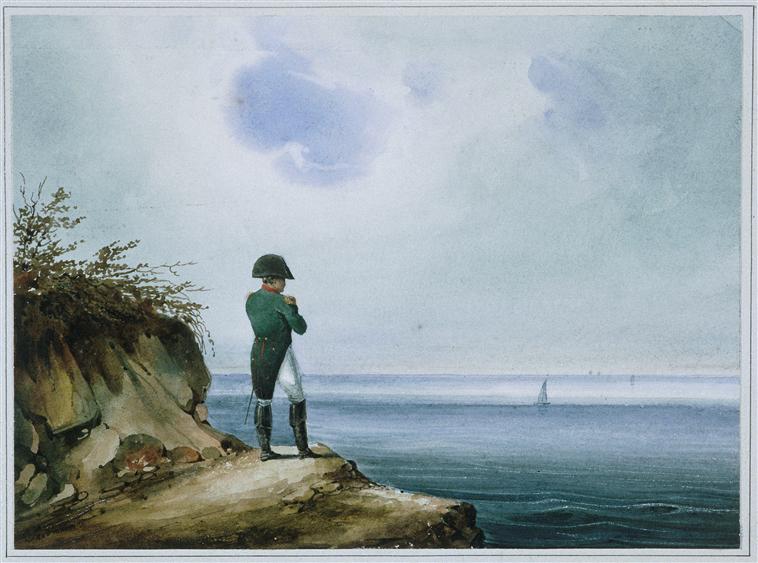|
Donnelly And Cooper
"Donnelly and Cooper" is an Irish ballad recounting a historic bare-knuckle boxing match between Dan Donnelly (boxer), Dan Donnelly and George Cooper. Description The ballad describes the meeting of the Irish boxer, Donnelly, and his English opponent, Cooper. At the start of the fight, the odd are 10:1 in Cooper's favour. During the match, each fighter in turn scores knockdown blows. After Cooper scores what appears to be a winning blow, the sister of Donnelly's trainer exhorts him to get up, informing him that she has bet her entire estate on his victory. Donnelly rises and is triumphant. The author of the ballad is unknown. The ballad has been in circulation since circa 1845. The earliest verifiable date found in publication is 1854. The contest depicted in the song took place on 13 December 1815, at the Curragh, Curragh of Kildare in Ireland. In honour of his victory, the location of the bout was renamed Donnelly's Hollow, and a commemorative monument was later erected ... [...More Info...] [...Related Items...] OR: [Wikipedia] [Google] [Baidu] |
Irish Ballad
The following are often-sung Irish folk ballads and folk songs. The songs are arranged by theme under the categories "Politics and soldiering" and "Non-political" and are not necessarily contemporary to the events to which they relate. Songs may fit into more than one category, but where possible, are grouped uniquely to where is most appropriate. Politics and soldiering Anti-war and anti-recruiting *"Arthur McBride" – an anti-recruiting song from Donegal, probably originating during the 17th century. *"The Recruiting Sergeant" – song (to the tune of "The Peeler and the Goat") from the time of World War 1, popular among the Irish Volunteers of that period, written by Séamus O'Farrell in 1915, recorded by The Pogues. *" Mrs. McGrath" – popular among the Irish Volunteers, 1916 *"The Saxon Shilling" – written by K. T. Buggy, 1840s *"Sergeant William Bailey" – written by Peadar Kearney, recorded by Dominic Behan and Maeve Mulvany Moore *"Johnny I Hardly Knew Ye" – ... [...More Info...] [...Related Items...] OR: [Wikipedia] [Google] [Baidu] |
Dan Donnelly (boxer)
Daniel Donnelly (March 1788 – 18 February 1820) was a professional boxing pioneer and the first Irish-born heavyweight champion. He was posthumously inducted into the International Boxing Hall of Fame, ''Pioneers'' Category in 2008. Early life Donnelly was born in the docks of Dublin, Ireland in March 1788. He came from a family of seventeen children. Donnelly grew up in poverty; his father was a carpenter, but suffered from chest complaints and was frequently out of work. As soon as he was able, Donnelly also went to work as a carpenter. On the streets of Dublin, Donnelly had a reputation of being a hard man to provoke, but was known to be "handy with his fists", and he became the district's new fighting hero.Myler 1976, p. 26 There are a number of anecdotes about Donnelly's life in this period, including his rescue of a young woman being attacked by two sailors at the dockside, leading to his arm being badly mangled. He was taken to the premises of the prominent surgeon Dr ... [...More Info...] [...Related Items...] OR: [Wikipedia] [Google] [Baidu] |
Curragh
The Curragh ( ; ga, An Currach ) is a flat open plain of almost of common land in County Kildare. This area is well known for Irish horse breeding and training. The Irish National Stud is located on the edge of Kildare town, beside the famous Japanese Gardens. Also located here is Pollardstown Fen, the largest fen in Ireland. This area is of particular interest to botanists and ecologists because of the numerous bird species that nest and visit there. There are also many rare plants that grow there. It is composed of a sandy soil formed after an esker deposited a sand load and as a result, it has excellent drainage characteristics. This makes it a popular location for training racehorses. History Used as a meeting site during Pre-Christian societies, the Curragh is shrouded in mythology. The hill to the north of the Curragh is called the Hill of Allen (Almhain) and is the purported meeting place of the mythical Fianna. Legend has it that in about 480 AD, when St B ... [...More Info...] [...Related Items...] OR: [Wikipedia] [Google] [Baidu] |

